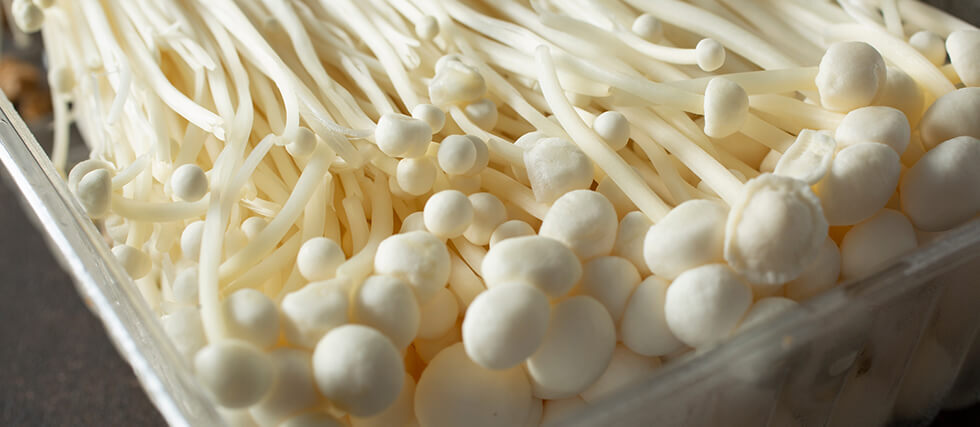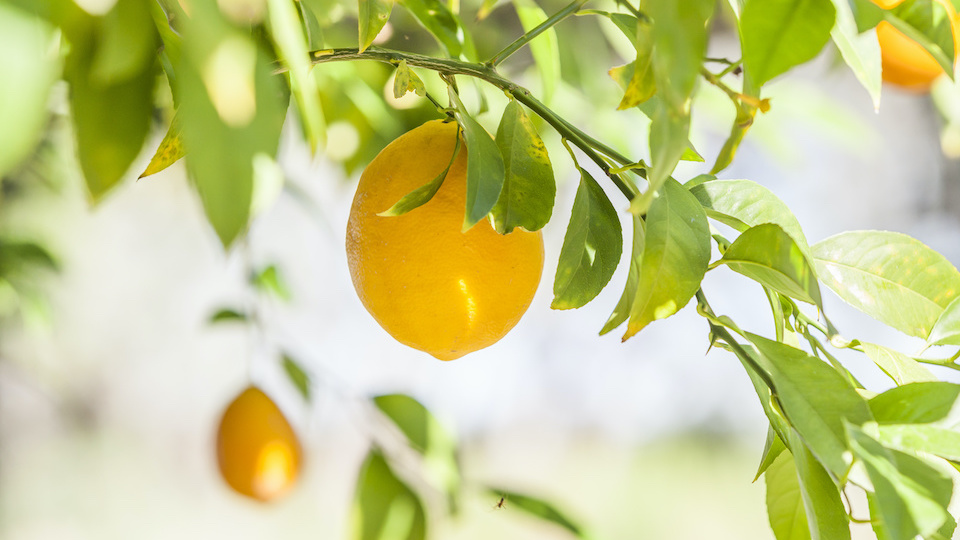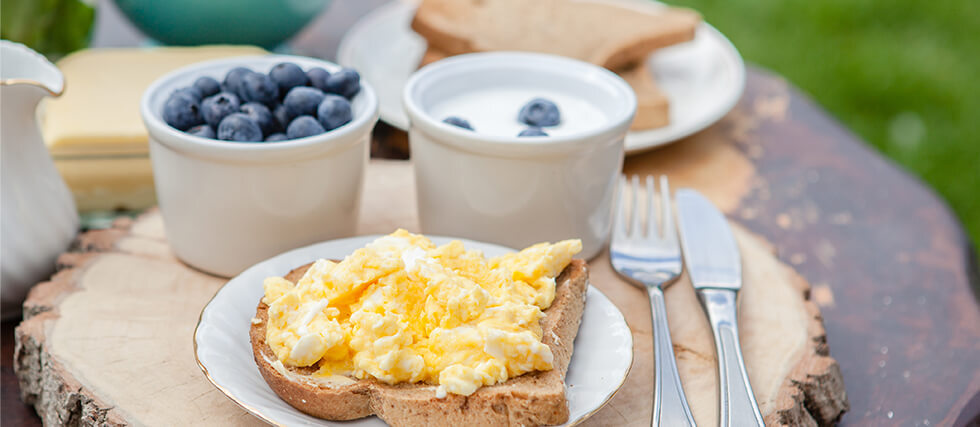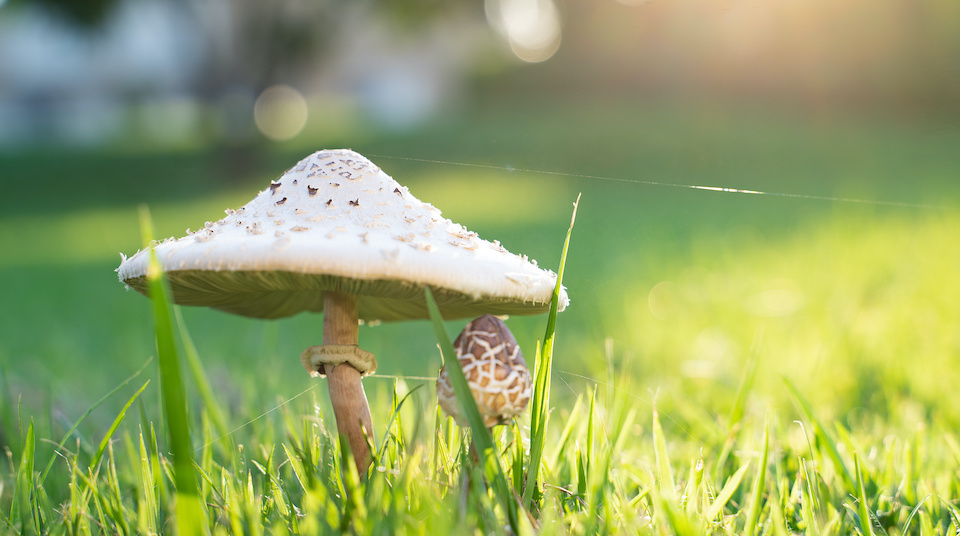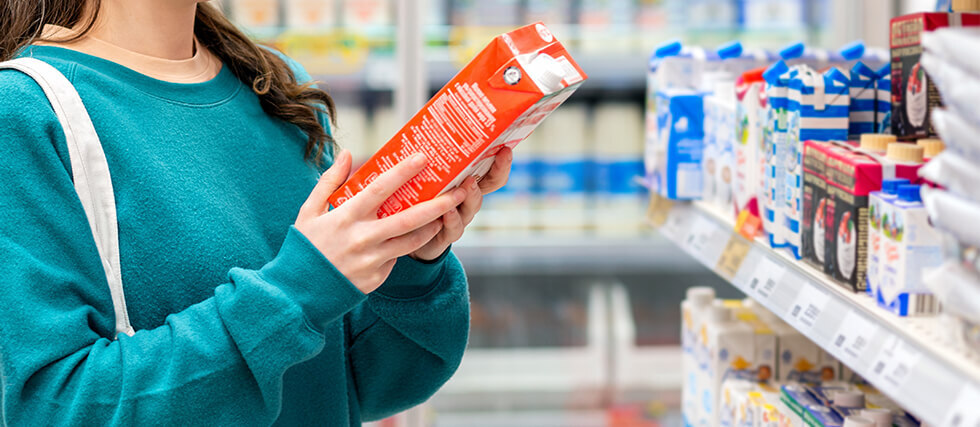Is Your Snoring Secretly Hurting Your Heart? Here’s What You Need to Know
Did you know your nighttime snoring is signaling a hidden heart risk? Obstructive sleep apnea—a condition affecting around 30 million Americans—is more than just a noisy nuisance. Experts warn it’s an overlooked cardiovascular risk factor that demands attention.
Sleep apnea occurs when your airway repeatedly closes or narrows during sleep, causing interruptions in oxygen flow. According to Terri E. Weaver, Ph.D., RN, from the University of Illinois at Chicago, these breathing interruptions trigger frequent brief awakenings—often unnoticed—that rob you of restful sleep. People with mild sleep apnea experience between 5 and 15 interruptions per hour, while severe cases exceed 30. This cycle of disrupted sleep and oxygen deprivation significantly raises the risk for heart disease, diabetes, dementia, kidney problems, and even certain cancers.
Snoring isn’t the only clue. Dr. Gracie Pien from the University of Pennsylvania highlights other symptoms, including morning headaches, dry mouth, persistent daytime fatigue, trouble concentrating, and mood swings. Importantly, not everyone who suffers from sleep apnea snores.
Though being older, male, or overweight increases your risk, sleep apnea can affect anyone. Women, especially after menopause, and individuals with conditions like hypothyroidism or polycystic ovary syndrome are also at heightened risk.
Fortunately, treatments exist. Dr. Laura Gross from Stanford Health Care emphasizes that a continuous positive airway pressure (CPAP) machine is highly effective, providing a gentle airflow to keep your airways open. For milder cases, custom dental appliances can help.
If you’re experiencing symptoms, don’t wait. Talk to your doctor about undergoing a sleep study and finding the proper treatment. Your heart—and your overall health—depend on getting restful, uninterrupted sleep. Take action now, and regain peaceful nights and healthier days ahead.



